What Is Tagliatelle?
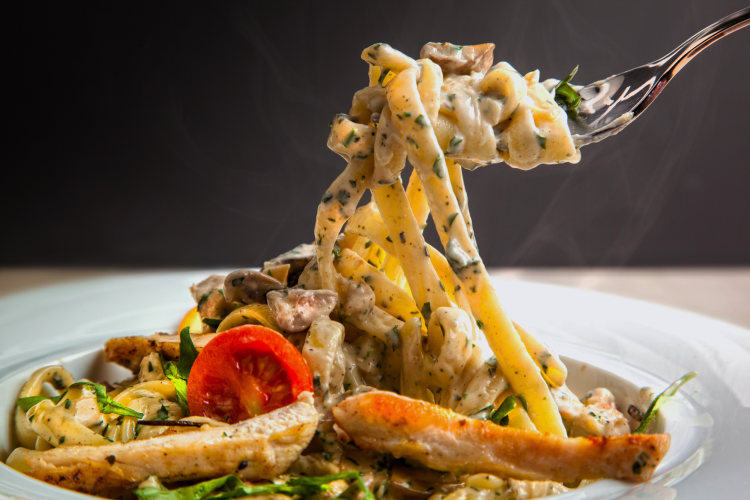
Tagliatelle is an all-time Italian favorite that blends simplicity with technique to perfection. Originating in Northern Italy, tagliatelle has characteristic long, ribbon-like strands. Although it’s typically served with the essential ragú sauce, its neutral flavor makes it ideal for pairing with other toppings such as carbonara, truffles or a simple marinara sauce.
Now that we’ve shared just a few facts about this delicious and versatile Italian specialty, are you ready to find out more? In this guide, we’ll take a closer look at the history of tagliatelle combined with some interesting facts, how to make it from scratch and the best recipes to honor this iconic Italian dish.
Jump to Section
- What Is Tagliatelle Pasta?
- Tagliatelle Recipes
- How To Cook Tagliatelle Pasta
- How To Make Tagliatelle Pasta
- Where To Eat the Best Tagliatelle
- What Can You Substitute for Tagliatelle?
What Is Tagliatelle Pasta?
Tagliatelle is a traditional Italian pasta characterized by long, flat ribbons and a silky texture. It is typically made from durum wheat semolina and eggs, giving it a rich golden tone and a slightly chewy consistency. Tagliagelle’s flat shape makes it suitable to absorb thicker, hearty sauces such as the classic bolognese or ragú. Its texture is also ideal for dishes featuring creamy sauces.
Another interesting fact about tagliatelle pasta is that its name comes from the Italian verb tagliare, which means “to cut,” so the word tagliatelle translates to “cut up.” The reason for this lies in the way it’s made: by rolling the dough into flat sheets and then cutting it into ribbons.
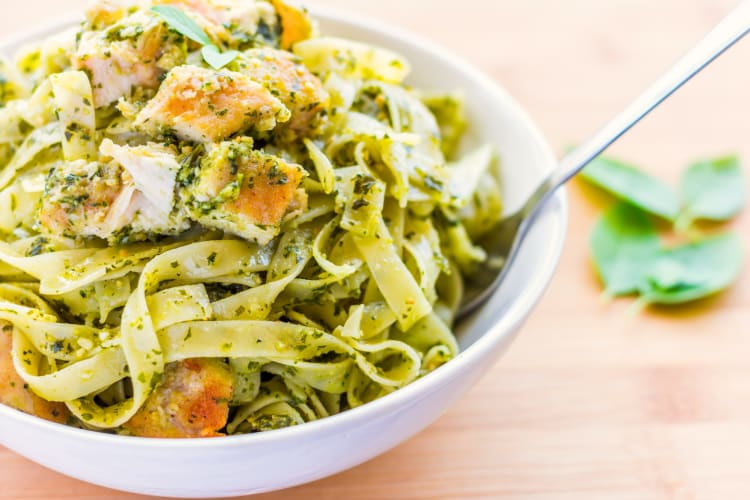
The History of Tagliatelle
Tagliatelle’s origin is deeply rooted in the culinary traditions of Northern Italy, particularly in the regions of Emilia-Romagna and Marche. According to the legend, it was created in the 15th century by a talented chef in honor of the marriage of Lucrezia Borgia, daughter of Pope Alexander VI, to the Duke of Ferrara. The shape of the pasta was inspired by Lucrezia’s blonde hair.
The Popularity of Tagliatelle Pasta
One of the most distinctive types of pasta that has gained popularity with time is tagliatelle. Its distinct appearance, with long, flat ribbons instantly distinguishes it on the plate. Additionally, its versatility in pairing with various sauces — from hearty ragu to creamy alfredo — has made it a favorite in Italian cuisine and beyond. Its accessibility in grocery stores and restaurants ensures its popularity for dining out and home-cooked meals alike.

Tagliatelle Pronunciation
How do you pronounce tagliatelle? As a whole, it would be broken up into the following sounds: “tah-lyah-tehl.” It’s first a “tah” sound, followed by “lyah” with the stress on the first syllable, and finally, “TEHL,” emphasizing the second syllable.
Tagliatelle vs. Fettuccine
Tagliatelle and fettuccine are similar in appearance, so it’s easy to confuse them. However, they possess distinct characteristics that set them apart.
Tagliatelle pasta was created in Northern Italy and consists of flat, long ribbons, typically thinner than fettuccine. Its texture and consistency are ideal for thick, hearty sauces like ragú or bolognese. Fettuccine, on the other hand, was created in Central Italy and has a wider and thicker shape. Its texture matches perfectly with creamier sauces like Alfredo or Carbonara.
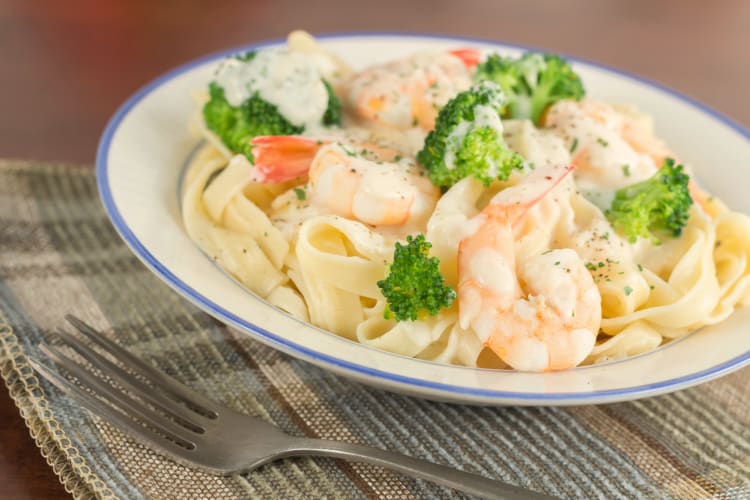
Tagliatelle vs. Pappardelle
The main difference between these Italian delicacies is their shape. Tagliatelle has long, thin ribbons, while pappardelle has broader and flat-shaped noodles. Both have a silky texture, however, Tagliatelle’s thin texture provides a delicate mouthfeel, whereas Parapedell’s wider texture offers a more substantial bite. Both pasta types are suitable for creamy, velvety sauces.
Tagliatelle Recipes
What makes tagliatelle unique is its versatility. Its texture is perfectly suited to absorb and complement different flavors, whether it’s a classic bolognese sauce or other modern alternatives. Let’s explore some of the most popular recipes using tagliatelle.
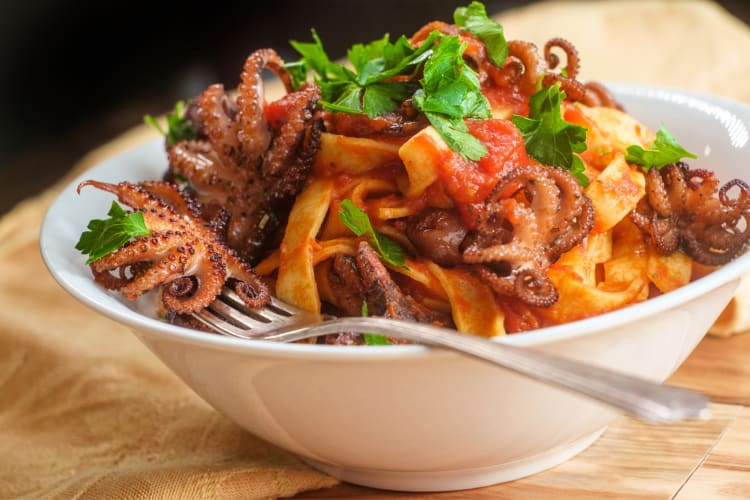
Tagliatelle Alla Bolognese
Tagliatelle alla Bolognese is the most classic version of tagliatelle, made with ragù alla Bolognese sauce as the filling. The Bologna Chamber of Commerce officially recognized the authentic recipe for this delicious meal in 1982, mentioning key ingredients such as ground beef, pancetta, onions, carrots, celery, tomato paste, wine and milk. Slowly cooked to perfection, the sauce is traditionally served over handmade tagliatelle pasta, creating a comforting meal.
Tagliatelle al Ragù
Tagliatelle al Ragù is another version that features a rich and flavorful ragù sauce typically made with ground beef or a combination of meats, vegetables (tomato, carrots, onions and celery), wine and, in some cases, milk. Unlike Bolognese sauce, which is a specific type of ragu originating from bologna, and has a set of defined ingredients, ragù is a broader term that encompasses various meat-based sauces.
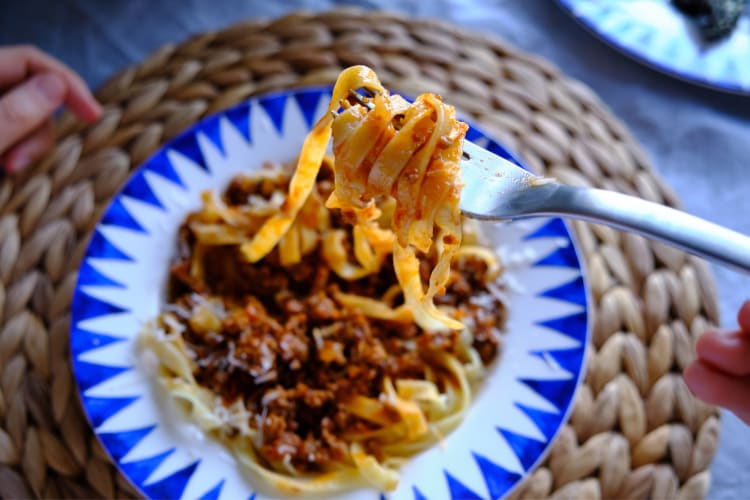
Mushroom Tagliatelle
For those craving an earthy flavor, mushroom tagliatelle is a delicious alternative. This dish is made with a variety of mushrooms like cremini, shiitake or porcini, and cooked with garlic, shallots and fresh herbs. The easiest way to make it is by sauteing mushrooms until golden and combining them with cream, white wine and broth, which will result in a luscious and velvety sauce.
Tagliatelle Carbonara
While spaghetti is often the selected type of pasta for carbonara, tagliatelle is a great alternative, given its texture and consistency. The sauce typically consists of a few ingredients: eggs, pecorino romano cheese, pancetta or guanciale (cured pork cheek) and black pepper. The cooked pasta is blended with the sauce, allowing the heat from the pasta to gently cook the eggs and create a creamy texture.
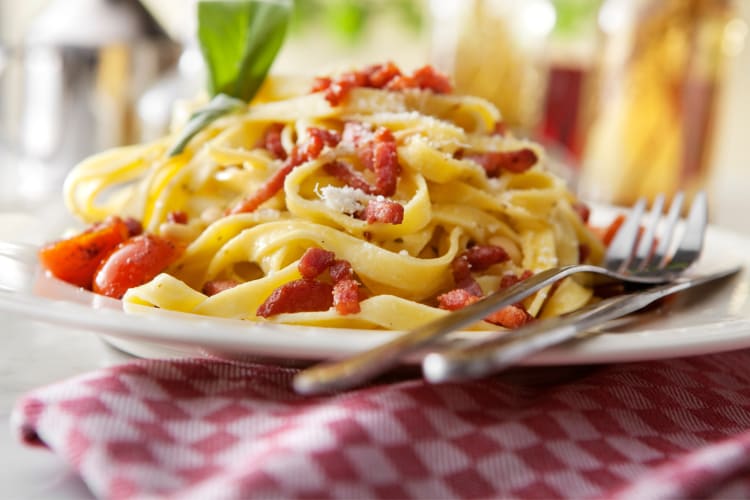
Tagliatelle al Tartufo
Elevate any dinner party or celebration by making truffle tagliatelle. This dish typically serves pasta with an exquisite sauce made with black or white truffled, often infused with a creamy base of butter, cream or olive oil.
There are different ways to make it, but the key is to make simple sauces so as not to hinder the truffle flavor. Learn how to make it to perfection by booking cooking classes near you or taking online cooking classes from the comfort of your home.
How To Cook Tagliatelle Pasta
One of the key tricks to making perfect tagliatelle is cooking pasta al dente, as this ensures the perfect, chef’s kiss texture. It’s a straightforward process that requires just a few steps. Here’s a short five-step guide on how to cook tagliatelle pasta:
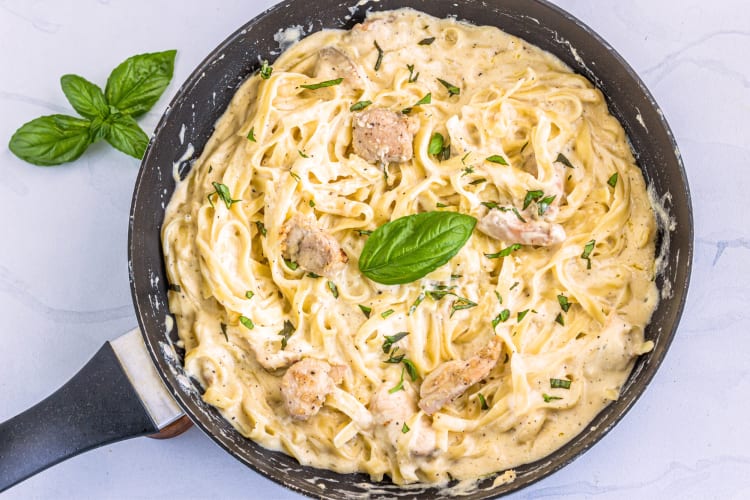
Five Steps for Cooking the Perfect Tagliatelle
1. Boil water: Start by filling a large pot with water, allowing for about four to six quarts per pound of pasta. Add salt and place the pot over high heat.
2. Add tagliatelle: Once the water is boiling, gently add the pasta, stirring immediately to avoid the noodles from sticking.
3. Stir occasionally: Don’t forget to do this while cooking.
4. Check if it’s done: Once the pasta hits the recommended time, make sure to check if it’s al dente. It should be cooked until firm.
5. Drain the pasta: Once the tagliatelle reaches the desired texture, quickly remove it from the pot and drain the pasta in the colander.
Following these easy steps, you can choose whether to mix the pasta with your sauce in a pan or serve the pasta first before adding the sauce on top.
How Long To Cook Tagliatelle
Tagliatelle is served al dente, but how long does it usually take to reach this texture? A pro tip for determining doneness is to start checking two minutes before the package’s recommended cooking time.
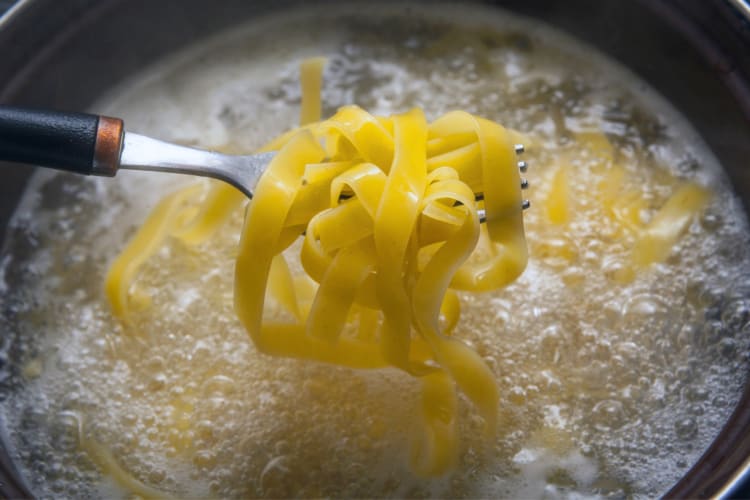
Fresh vs. Dry Tagliatelle
The type of tagliatelle you have also impacts the cooking time, as fresh tagliatelle cooks faster than its dry counterpart.
When fresh, it typically takes between two to four minutes to cook in boiling water, but when dry, it takes around 10 minutes. The main reason is because of its moisture, as fresh tagliatelle made with eggs and flour has a higher moisture content and a more delicate texture.
How To Make Tagliatelle Pasta
Making homemade tagliatelle pasta is not as difficult as it sounds. If you have the right pasta making tools, you’ll notice how easy the process is. It’s just a matter of practice and patience. Follow these six easy steps to make tagliatelle pasta like an expert:

Six Steps for Making the Perfect Tagliatelle
1. Prepare the dough: In a large mixing bowl, combine all-purpose flour and eggs — typically using one egg per 100 grams of flour. Mix until the dough comes together, then knead it on a floured surface.
2. Rest the dough: Wrap the dough in plastic wrap and let it rest at room temperature for at least 30 minutes.
3. Roll out the dough: Divide the rested dough into smaller portions. Using a pasta machine or rolling pin, roll out each portion of dough into thin sheets. Make sure to add flour to the sheets so they don’t stick.
4. Cut into strips: Once the dough is rolled out, use a sharp knife or a pasta cutter to cut it into long strips.
5. Dry or cook immediately: At this point, you can either cook the pasta or let it dry for about 30 minutes to an hour before storing it. To dry, lay the pasta out on a clean, floured surface or drying rack.
6. Store for later: If not cooking immediately, you can store the tagliatelle in an airtight container in the refrigerator for up to a few days, or even freeze it for longer storage.
Where To Eat the Best Tagliatelle
If you want to eat an authentic tagliatelle, the best place to go is where it originated — Italy. However, you’ll find tagliatelle on the menu of nearly every authentic Italian restaurant around the world, offering diners the opportunity to experience this classic dish with different variations of its sauces.
Additionally, fresh and dry tagliatelle are available in supermarkets and pasta boutiques.
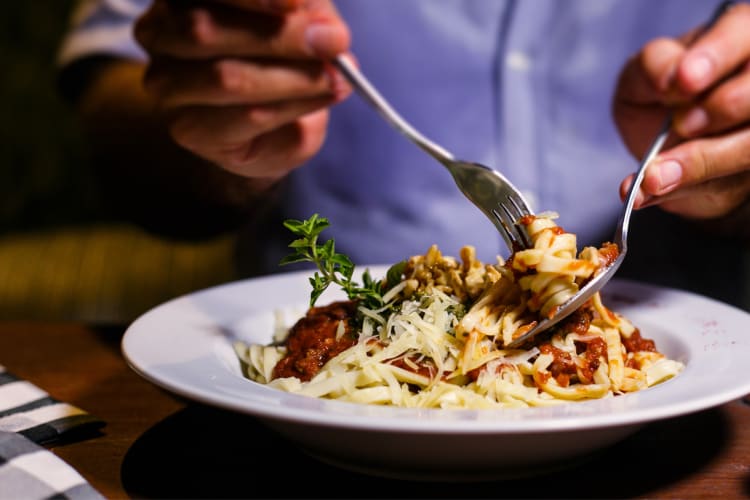
What Can You Substitute for Tagliatelle?
If you’re looking for the ideal substitute, fettuccine is a great option as it shares a similar long, flat shape and texture, making it ideal for hearty, creamy sauces. Pappardelle is another similar option with a thicker-sized noodle. If none of these options are available, linguini is another substitute, although it has a slightly thinner texture.
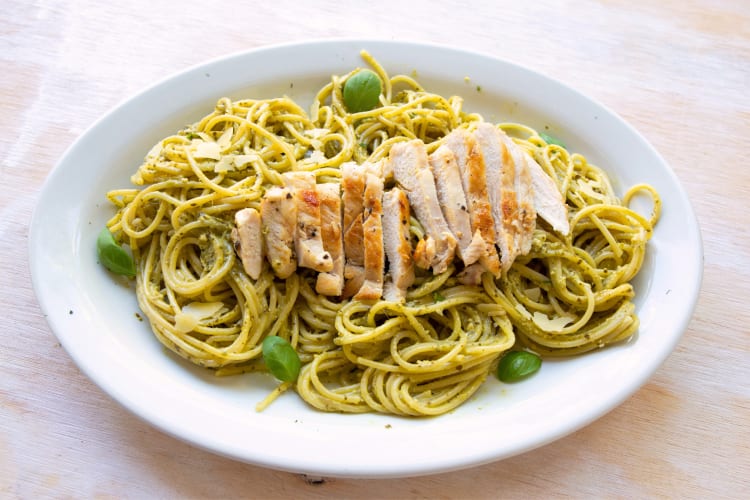
Tagliatelle is one of the most famous pasta dishes in many homes and restaurants, given its unique texture. Its neutral flavor serves as a canvas for a variety of delicious sauces and toppings, making it ideal for foodies looking to innovate and get creative in the kitchen.
For more ways to explore your favorite foods, check out other experiences happening on Cozymeal.
